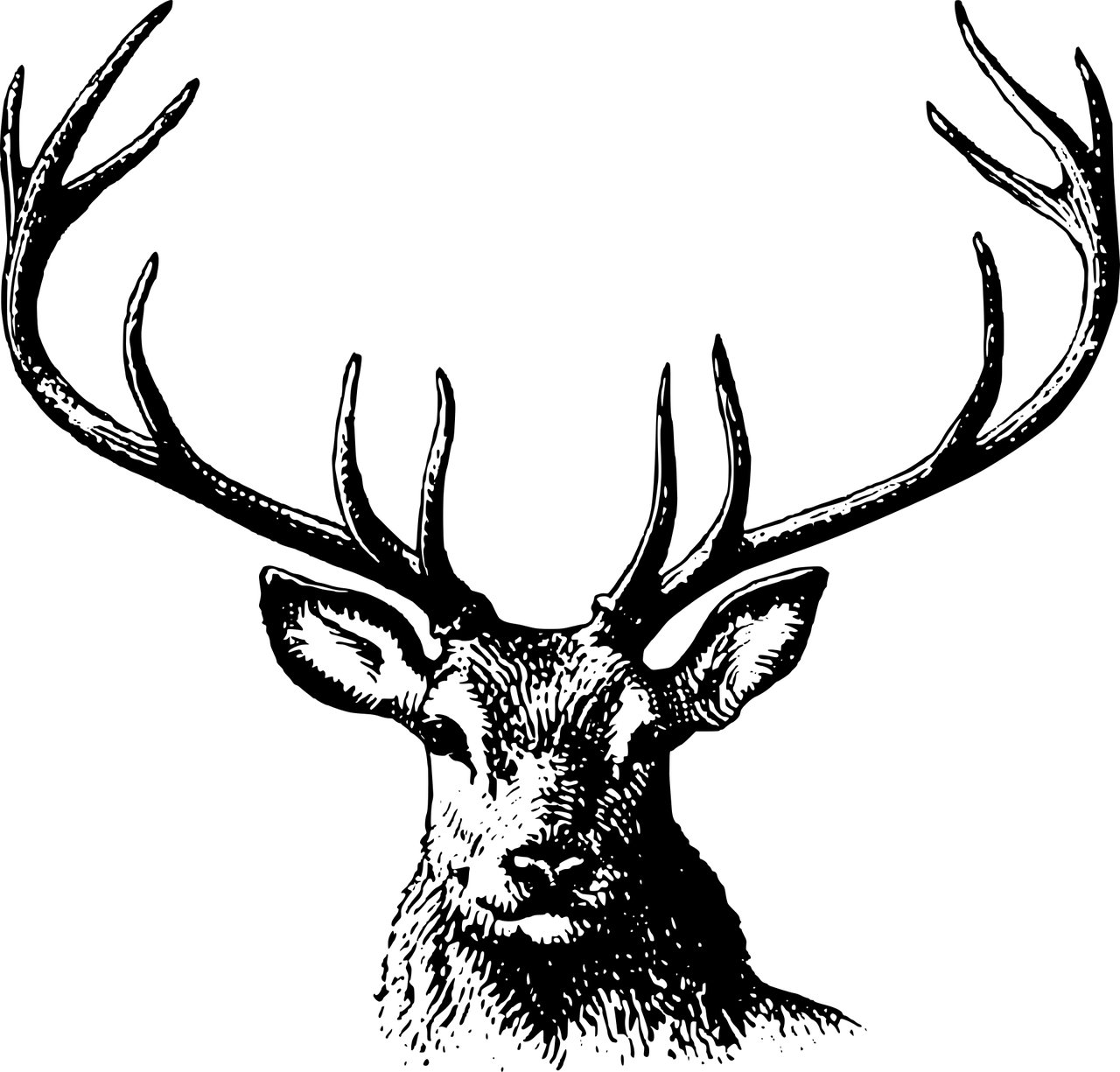Managing for Antler Production: Part 3
A buck’s potential for antler development is contained within his genetic material. In other words, his antler potential is determined by the combination of DNA from both his sire and dam. The buck’s environment, or quality of his habitat, and his age affect the physical expression of his genetic potential for antler development.
Genetic potential for antler development is only a management concern if you are involved in selective harvest of bucks. Selective harvest decisions can be used to manipulate the “genetic composition” or the “standing crop” of a population.
Management for “genetic composition” of the population involves altering gene frequencies in a breeding population such that there is an increase in genetic potential to grow larger antlers. Genetic composition can be manipulated only if you can judge the genetic potential of bucks and then increase the reproductive success of the superior animals. These are significant challenges under any management scenario.
Management of the “standing crop” of a population can provide both positive and negative effects, depending on the approach to selective harvest. Standing crop can be manipulated to improve antler development of surviving bucks if you have the luxury of selectively removing “inferior” animals. Standing crop can be managed effectively only if you can evaluate future antler development based on current antler development. A hunter must be able to accurately judge antler development within age classes and then selectively harvest inferior animals.
Nutritional factors which affect the initiation of pedicle growth during a buck’s first winter and antler growth during subsequent spring and summer will affect the expression of a young buck’s genetic potential for antler development. For example, the negative effect of a late birth date on antler development was documented at the Mississippi State University deer pens. Antler scores of bucks born in September to October were only about 30% as high as bucks born in June at 1 year of age and about 80% as high at 2 years of age. The disparity in antler size due to birth date disappeared as the bucks matured, but the pattern was present for 4 years. These results indicate that late born fawns may “catch up” to early born fawns if they survive to adulthood.
In summary, age, nutrition, and genetics significantly influence antler development of white-tailed deer. Taken individually, each of these factors has clear impacts on antler growth. Antler development increases with age up to a maximum at 5 to 7 years of age. Nutritional deficits can negatively impact pedicle development in fawns and growth of antlers in all age classes. When possible, nutrition, age, and genetic considerations should be incorporated into management programs. However, management emphasis should be placed first on addressing the most significant limiting factors. The factors most likely to be limiting antler production in Southeastern states are nutrition and buck age distribution. Placing management emphasis on providing adequate nutrition and promoting survival of bucks to older age classes generally produces the most cost-effective results.
James L. Cummins is executive director of Wildlife Mississippi, a non-profit, conservation organization founded to conserve, restore, and enhance fish, wildlife, and plant resources throughout Mississippi. Their web site is www.wildlifemiss.org.

